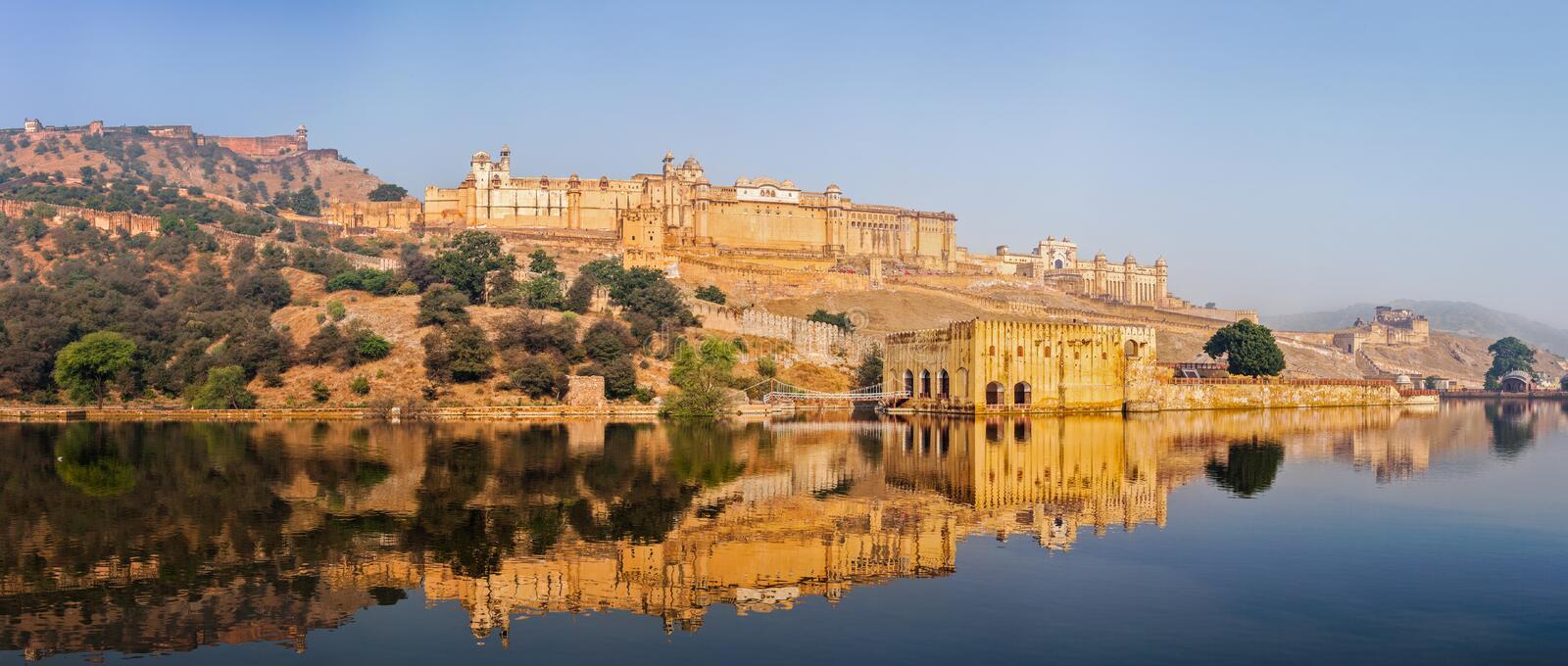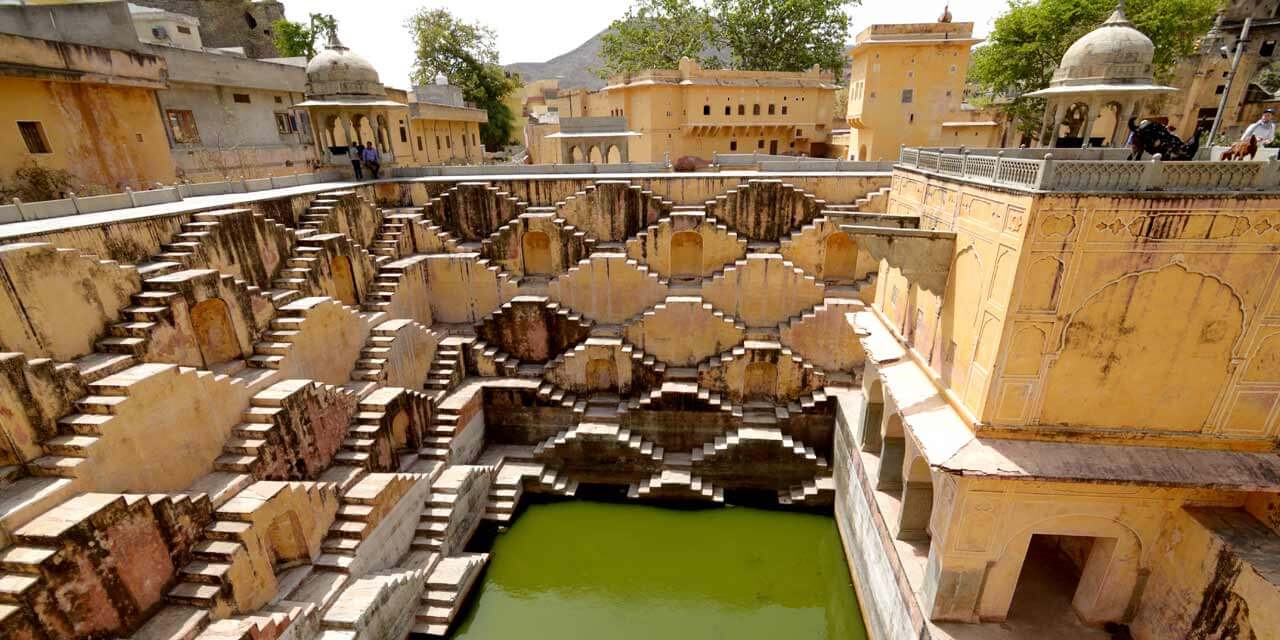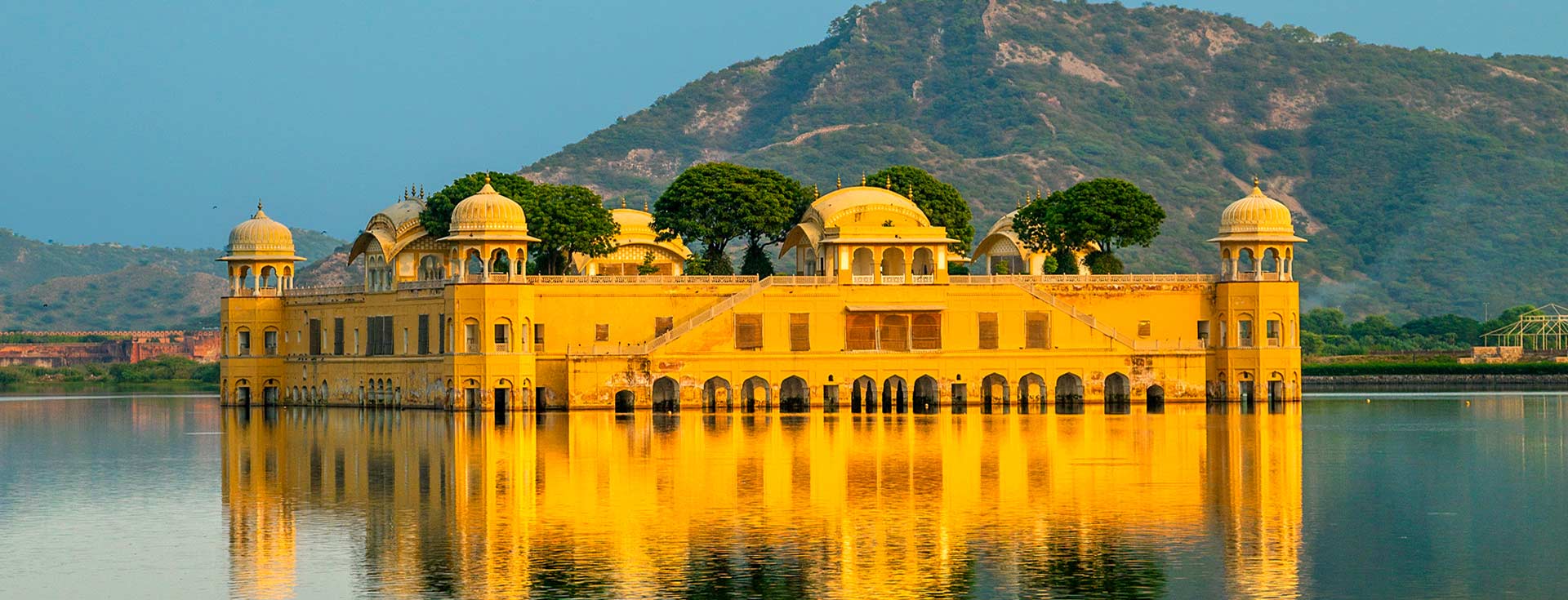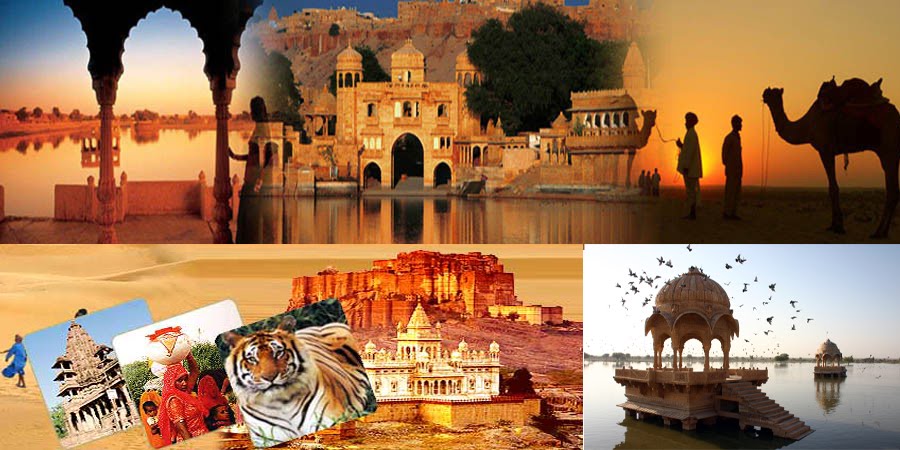Tamil Nadu is one of the most beautiful and culturally rich states in India. Located in the southern part of the country, it is famous for its ancient temples, classical music, traditional dance forms, and natural beauty. The state is bordered by the Bay of Bengal on the east and has a long coastline with beautiful beaches and ports. It is also home to scenic hill stations, wildlife sanctuaries, and historical landmarks.
The culture of Tamil Nadu is a unique blend of tradition and modernity. The people of the state are warm and hospitable, and Tamil is the main language spoken here. Tourists from all over the world come to Tamil Nadu to explore its rich heritage, architecture, and art. Cities like Chennai, Madurai, Thanjavur, and Coimbatore offer a mix of modern lifestyle and cultural heritage.
Tamil Nadu is also known for its festivals like Pongal, which is a harvest festival celebrated with great joy. The food of the region is flavorful, mostly vegetarian, and includes dishes like dosa, idli, sambhar, and rasam. The traditional dress, music (like Carnatic), and dance (like Bharatanatyam) add more color to its rich culture.
Nature lovers will also enjoy Tamil Nadu’s green landscapes, waterfalls, and hills. Places like Ooty and Kodaikanal offer fresh air and cool weather, ideal for a peaceful retreat. The state is also famous for religious tourism, as it has some of the oldest temples in India built with Dravidian-style architecture.
Tamil Nadu is a perfect destination for those who are interested in history, culture, nature, and spirituality. Whether you're planning a family holiday, a solo trip, or a honeymoon, Tamil Nadu has something for everyone. The beautiful blend of ancient tradition and modern development makes it a truly special place to visit in India.
History of Tamil Nadu :
Tamil Nadu has a long and rich history that dates back to thousands of years. It is one of the oldest regions in India with continuous human settlement and a deep cultural background. The Tamil language is one of the world’s oldest living languages and has a rich literary tradition.
The history of Tamil Nadu starts with the ancient Sangam Age, which lasted from around 300 BCE to 300 CE. This period was known for the development of Tamil literature and poetry. The region was ruled by powerful dynasties like the Cholas, Pandyas, and Cheras. These rulers supported art, architecture, and trade. The Chola dynasty, in particular, was known for building grand temples like the Brihadeeswarar Temple in Thanjavur.
During the medieval period, Tamil Nadu became a center for temple construction and cultural development. The temples were not just places of worship, but also centers of education, art, and economy. The Dravidian style of temple architecture, with tall towers (gopurams) and detailed sculptures, became popular during this time.
Later, Tamil Nadu came under the control of the Vijayanagara Empire and then the Nayak rulers. In the 17th and 18th centuries, European powers like the British, French, and Dutch started setting up trading posts along the Tamil Nadu coast. The British finally took full control and made Madras (now Chennai) an important colonial city.
Tamil Nadu also played an important role in India’s freedom struggle. Leaders like Subramania Bharati, V. O. Chidambaram Pillai, and Periyar were influential in spreading ideas of freedom, social reform, and equality.
After independence in 1947, Tamil Nadu became a state in the Indian Union. Today, it is known for its strong economy, high literacy rate, and cultural heritage. The people of Tamil Nadu continue to take pride in their history and traditions.
Top Tourist Places in Tamil Nadu :
1. Chennai
Chennai is the capital city and a hub of culture, art, and industry. It is known for Marina Beach, Kapaleeshwarar Temple, and colonial buildings like Fort St. George. The city also has great museums, art galleries, and famous shopping streets. Chennai serves as the main gateway for tourists arriving in Tamil Nadu.
2. Madurai
Madurai is one of the oldest cities in India and is famous for the Meenakshi Amman Temple. This ancient temple, with its tall gopurams and colorful sculptures, attracts millions of pilgrims and tourists. The city is also known for its lively markets and Tamil traditions.
3. Ooty
Ooty, also called the "Queen of Hill Stations," is a peaceful town in the Nilgiri Hills. It offers cool weather, green valleys, and beautiful tea gardens. Major attractions include the Ooty Lake, Botanical Garden, and a scenic toy train ride. It’s a great place for nature lovers and honeymooners.
4. Kanyakumari
5. Tanjavurh
6. Rameswaram
Rameswaram is a sacred pilgrimage site, part of the Char Dham Yatra. It has the famous Ramanathaswamy Temple with long corridors and sacred tanks. It’s also linked to the Ramayana and is believed to be where Lord Rama built the bridge to Lanka.
Best Time to Visit Tamil Nadu
The best time to visit Tamil Nadu is from November to March, when the weather is pleasant and ideal for sightseeing. This period avoids the hot summer and heavy monsoon. Winter is especially good for exploring temples, beaches, and hill stations comfortably.
How to Reach Tamil Nadu
-
By Air: Tamil Nadu has several airports. The main one is Chennai International Airport. Other airports are in Madurai, Coimbatore, Trichy, and Tuticorin.
-
By Train: Tamil Nadu is well connected by rail. Major railway stations include Chennai, Madurai, and Coimbatore.
-
By Road: National highways connect Tamil Nadu to nearby states like Karnataka, Kerala, and Andhra Pradesh. Buses and taxis are easily available.
-
By Sea: Chennai and Tuticorin have ports. Cruise ships and cargo vessels also operate here.
















:max_bytes(150000):strip_icc()/GettyImages-524151419-6d874058218e48e88803c5fca2f6c1d2.jpg)










